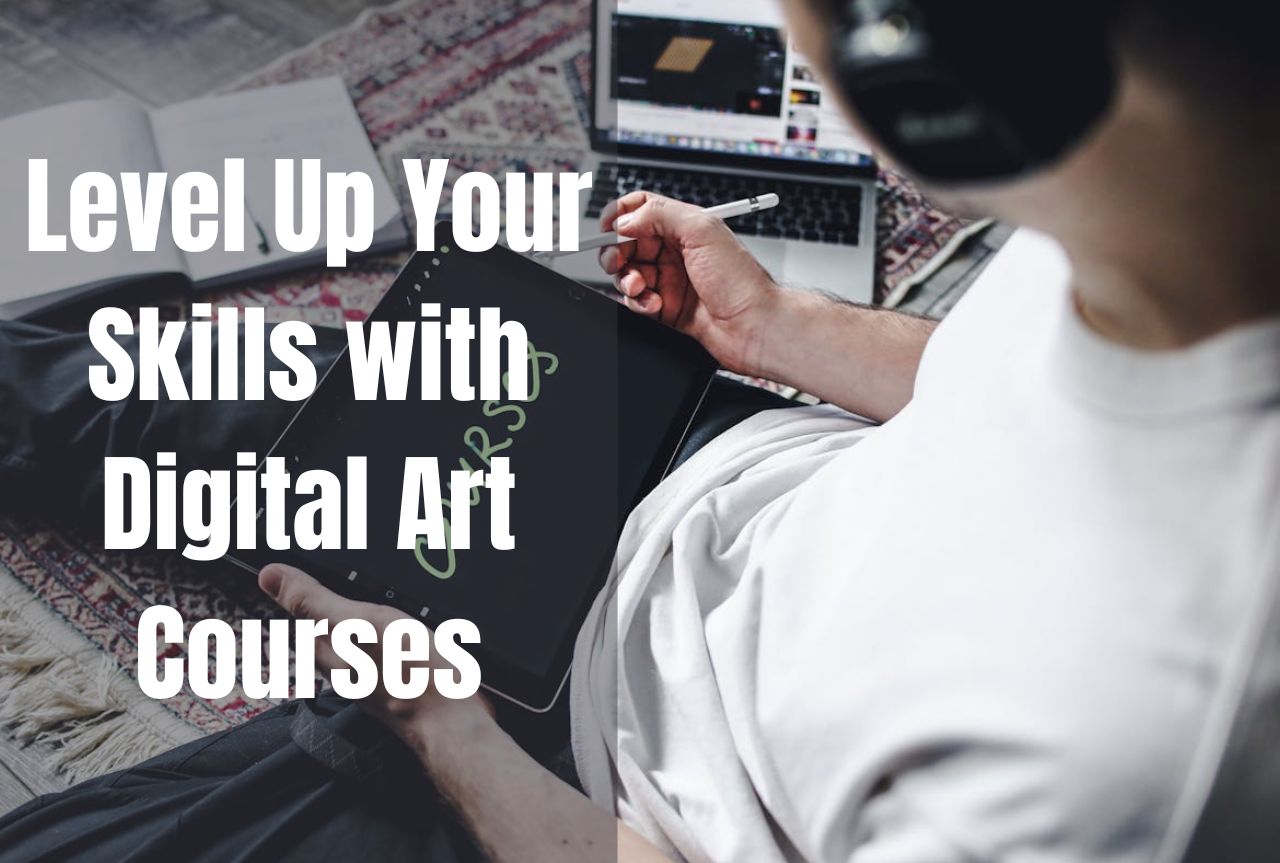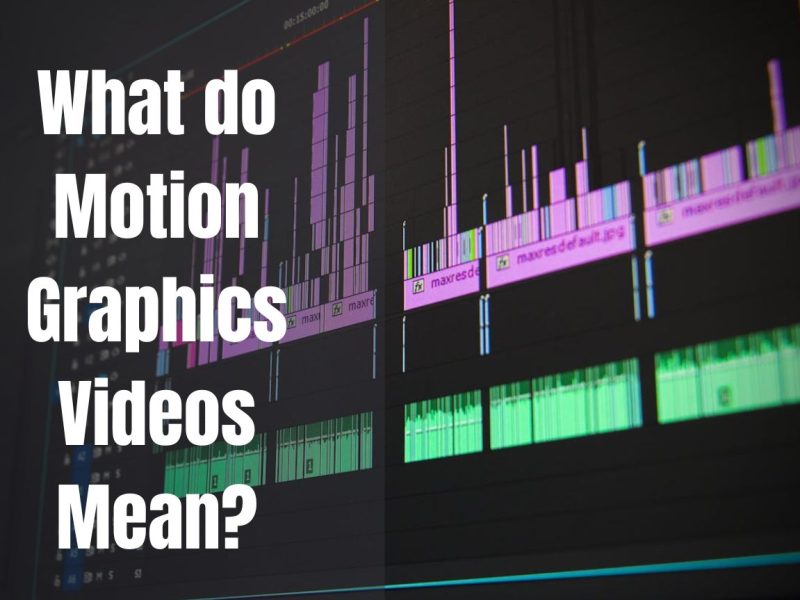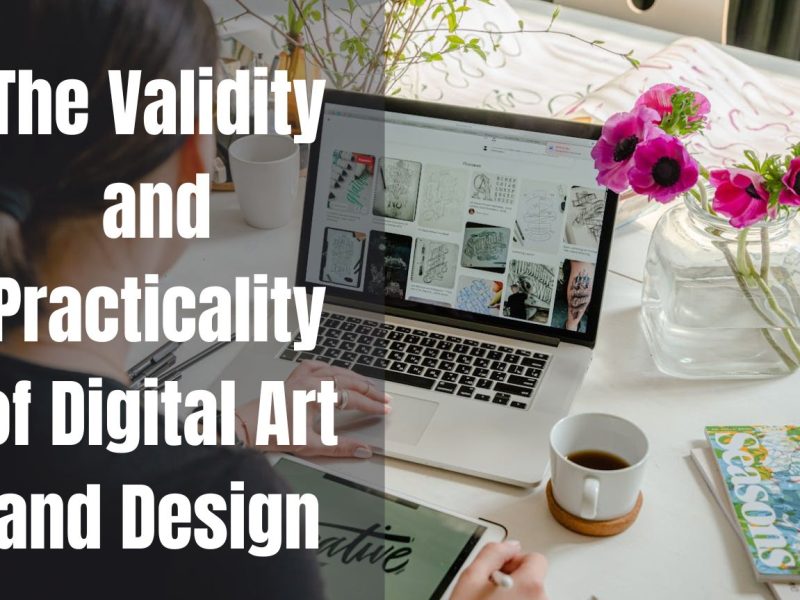With the rise of digital art, artists can be as creative as they want try out new techniques and push the limits of their skill. Digital art courses provide a wealth of chances to improve your skills, whether you’re a seasoned artist looking to broaden your horizons or a passionate beginner eager to start a creative adventure.
Understanding Digital Art
Many different kinds of art are included in digital art, from complex drawings and graphics to stunning 3D models and animated works. Digital art, at its core, uses different kinds of software and digital tools to make, change, and improve works of art. This change in how art is made has completely changed how artists work, smoothly combining old-fashioned methods with cutting-edge technology.
The draw of digital art is its adaptability and seemingly limitless potential. Digital art, on the other hand, lets artists try new things without limits. They can erase mistakes, add layers, and use various tools and effects. This freedom allows artists to keep improving their work, which opens up new ways to express themselves creatively.
Why should you learn how to make digital art?
Mastering digital art skills can open a wide range of personal and professional possibilities. Digital art offers a platform for experimentation and innovation for those driven by artistic self-expression. Artists can use their imaginations to the fullest by mixing elements from different art forms to make one-of-a-kind, fascinating works.
Aside from that, the need for skilled digital artists keeps growing in many fields. Publishing, product design, entertainment, and advertising companies are looking for skilled people who can use digital art to make their ideas come to life. If an artist has a good portfolio and knows how to use digital art tools well, they can start rewarding jobs that let them make their hobby a job.
How to Pick the Best Online Art Class?
There are so many digital art courses out there that it can be hard to choose the right one. But if you consider a few important things, you can find a school that perfectly fits your goals and skill level.
- Level of Skill: Figure out how good you are at digital art. Are you a full beginner who wants to learn the basics or an experienced artist who wants to get better at what they already know? There are courses for people with a wide range of skill levels, from beginners to experts.
- Specific Interests: Figure out what digital art you’re interested in, like drawing, character design, concept art, or 3D modeling. You can learn more about the area you want to work in by taking specialized courses.
- Course Format: Think about how you learn best and live your life. You can learn at your own pace with online courses, but you can get help from a teacher and work with other students in in-person groups.
- Course Length and Commitment: Think about how much time you can spend Learning. You can go at your own pace with some courses, but others have times when you need to be there.
Various skilled professionals on well-known online course platforms like Skillshare, Udemy, and Coursera teach various digital art courses. But don’t forget about art schools, community colleges, and classes in your area; they can be very helpful for learning in person.
Important Skills to Learn
To master digital art, you need to know the basics of art and how to use technology well. Even though each class has its own set of lessons, any prospective digital artist needs to know these basic skills:
- Basics of Art: It’s very important to have a solid understanding of drawing, sketching, color theory, and how to put together a picture. These basic skills will shape your digital art, which will also help you make visually appealing pieces.
- Mastery of Digital Art Software: You must be able to use industry-standard software like Adobe Photoshop, Illustrator, and others well. To speed up the creative process, learn the methods, tools, and techniques unique to each program.
- Creative Thinking and Solving Problems: A lot of the time, making digital art means coming up with ideas, coming up with answers, and getting feedback on your work to make it better. You can bring your ideas to life by developing creative, solid thinking and problem-solving skills.
Putting together a portfolio and looking for work.
Building a strong portfolio is essential for showcasing your talent and securing job chances as you advance through your digital art courses and improve your skills.
Building a Portfolio and Finding Work
- Carefully choose your best works, showing off your skills and technical know-how.
- If you’re going to show your resume in person or online, make sure it looks good and is well organized.
- Make your portfolio fit the job you’re applying for by highlighting relevant pieces to the job or business.
- Job Opportunities in Digital Art: There is a need for skilled digital artists in many fields, such as advertising, publishing, entertainment, and games. You could work as a freelancer, look for studio jobs, or apply for jobs at companies that value artistic ability.
- Networking and Finding Job Listings: Go to conferences, workshops, and events in your field to meet other workers and stay current on job openings. Follow well-known artists, studios, and businesses on social media, and often check job boards and online groups for new job openings.
Learning and growing all the time
To stay current and improve your craft in the ever-evolving world of digital art, you must constantly learn new things and grow. Accept that you will always be learning, even after you finish your courses.
- Keeping Up with Trends and Technology: To learn about the newest styles, tools, and tech, follow blogs, industry leaders, and people who have a lot of impact in your field. To learn more and meet new people, attend classes, conferences, and meetups.
- If you want to find your style, try out new methods and materials and push the limits of your imagination. Get ideas from many different places and trust your artistic talent to create a style that is all your own.
- Working together and making connections: Work with other artists, sharing your ideas and giving each other helpful feedback. Making links and networking in digital art can create great chances to work together and grow.
You can stay relevant in digital art by committing to ongoing skill development and accepting that it is always changing. This will also open up new creative possibilities and career success for you.
Digital Art Course Platforms
These digital art course platforms are well-known and respected, and they offer a wide range of classes and tools for artists of all levels:
1. The Skillshare
- A huge library of digital art courses on various subjects, such as animation, graphic design, illustration, and more.
- Professionals with a lot of experience and knowledge in the field give classes.
- A platform that you subscribe to, with cheap monthly or yearly plans.
- You can learn quickly and get to your courses from different devices.
2. The Domestika
- A lot of their courses are creative, like digital art and design.
- Courses by famous artists and designers are available both live and on demand.
- Many subjects include idea art, animation, illustration, and 3D modeling.
- Artists from all over the world can take courses taught in more than one language.
3. Udemy
- A huge online course store with a huge range of digital art courses.
- Courses cover various topics, such as character creation, Photoshop, Illustrator, and more.
- A model where you pay for each course, with prices changing depending on the teacher and the course.
- Offers access to training materials for life and regular updates.
4. Pluralsight
- It’s mostly about tech and creative skills and has a section just for digital art courses.
- Adobe Creative Cloud, 3D modeling, animation, and other things are taught in the courses.
- A platform that you pay for and that gives you access to a huge library of courses and learning paths.
- Ideal for people and groups looking for ways to improve their careers.
5. CreativeLive
- Teaches digital art courses to live and on-demand by well-known artists and teachers.
- It discusses many things, like idea art, digital painting, illustration, etc.
- Gives students access to course materials, teacher feedback, and a lively group.
- Offers both single-course sales and subscription plans.
6. LinkedIn Learning (formerly Lynda.com)
- It’s part of LinkedIn and has a huge library of digital art courses.
- Graphic design, illustration, animation, and other areas are taught in the courses.
- A platformYou can subscribe to a platform to receive high-quality video lessons and learning paths.
- Good for people and businesses looking for tools for professional growth.
You can find a wide range of digital art courses on these sites so that they can fit your learning style, price, and skill level. Many offer certification programs, group forums, and other tools to help you learn better and grow as an artist.
In Short
Investing in your creative journey by taking digital art courses will improve your skills. You can express yourself artistically and look into exciting job options if you take the right course, work hard, and love learning. Let your talent soar to new heights with the help of digital art.



